
Conclusion
The implementation of HBM appears to change the way a card scales upwards with resolution increases. Typically, if a card was similar to a GTX 980 at 1080p, it would also be very similar at 4K. What we see here, however, is the Fury X performing close to a GTX 980 at 1080p, but virtually the same as a GTX 980 Ti at 4K – this is a significant jump. The use of only 4GB of VRAM appears to be less of a limit than many thought it would be – even at 4K with high details it doesn't bottleneck the card. It's the memory bandwidth that's the issue, and HBM allows Fury X to excel when super-high resolution textures come into play. At lower resolutions, all the high-end cards have plenty of bandwidth to cope, so HBM is less advantageous, and AMD's slower cores and architecture is revealed. Remember, GTX 980 Ti has 2,816 cores compared to 4,096 here. Obviously, it's an apples-to-oranges comparison, as it's how you use those cores that counts, but it still serves as a reminder of Maxwell's dominance in raw performance terms.At the time of writing, the latest information we have is that the card will launch for $649 USD, the same as the GTX 980 Ti, and will be available in the UK for around £510, which leaves the GTX 980 Ti at around £30, or 6 percent, more expensive. It also makes Fury X about a third more expensive than a GTX 980, prices for which typically start at £380.
If you're gaming at 1080p or 1440p, the GTX 980 Ti offers better value for money. The two cards have price parity but Nvidia's is faster and significantly better at overclocking, too. With pre-overclocked versions readily available, the performance difference will be even higher. There's some argument for UK customers to opt for the Fury X at 1440p, especially if you're really concerned about card length or noise. That said, third-party coolers for Nvidia's hardware are often very quiet too, and many mini-ITX cases can still house long cards and you won't need to mount a radiator (though that won't be an issue in many small cases either).
Really, it's only at 4K that the Fury X is truly competitive, which is what AMD has hinted at since it was announced. Still, even there we'd liked to have seen performance that was clearly ahead of the GTX 980 Ti, not just on par with it. As an aside, this also has interesting implications for the upcoming R9 Fury Pro and R9 Nano cards. Fiji may be suited to 4K, but these presumably lower priced cards will likely appeal to gamers using lower resolutions, and these will be cut-down Fiji chips as well since AMD's partners are air cooling them. AMD's ability to keep Fiji competitive at lower price points is not necessarily a given.
Back to the Fury X, we're happy to see our concerns about FreeSync being alleviated with the release of monitors that can stay synchronised down to 30Hz. However, the use of HDMI 1.4a seems silly, and practically limits the Fury X to 4K desktop gaming; strange since the ability to fit the card into smaller form factors is likely to appeal to living-room/HTPC gamers as well. Of course, 4K gamers are a small audience as it is, so you'd think AMD would want to maximise the card's flexibility. AMD representatives have said that DisplayPort 1.2 to HDMI 2.0 adaptors will be launching, but they're not going to be immediately available and it's another added cost. The Fury X does win on noise as it is very quiet, and it's good to see AMD pay proper attention to build quality as well. In terms of size, it really depends what your case is capable of housing, and AMD has been wise to address its efficiency issues too – Fiji's power consumption is very much in check.
The Fury X is an awesome card in many ways, and we certainly commend AMD for tackling the demands of 4K head-on. the trouble is it lacks that killer feature or performance that many were probably hoping for. Even if it ends up being a bit more than £510, say £540 like the GTX 980 Ti, it gives Nvidia's card a run for its money and does an all-round good job.
We're thus just about satisfied enough to give it an Approved award, with the caveat that it's only really worth considering for 4K gamers. With 4K screens dropping in price all the time, this isn't necessarily a bad thing. The card is clearly competitive in this scenario, but even so a pre-overclocked, custom-cooled GTX 980 Ti is, in most instances, still going to be the better option.

-
Performance37 / 40
-
Features28 / 30
-
Value19 / 30


MSI MPG Velox 100R Chassis Review
October 14 2021 | 15:04

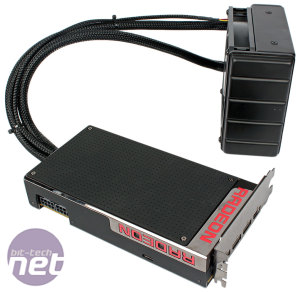
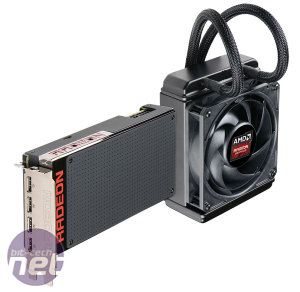
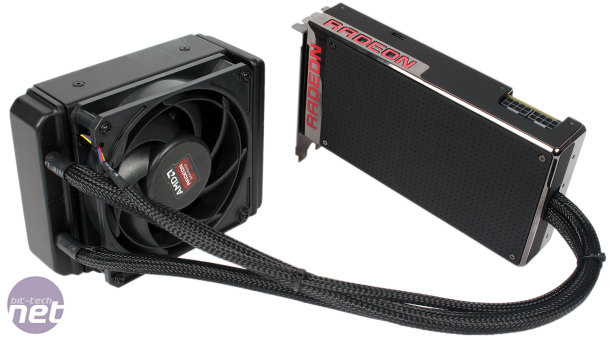
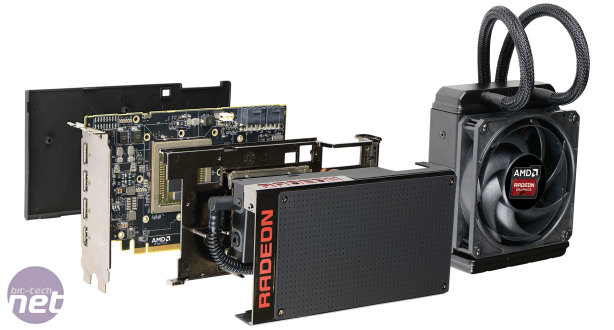
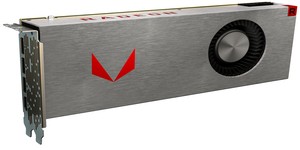






Want to comment? Please log in.